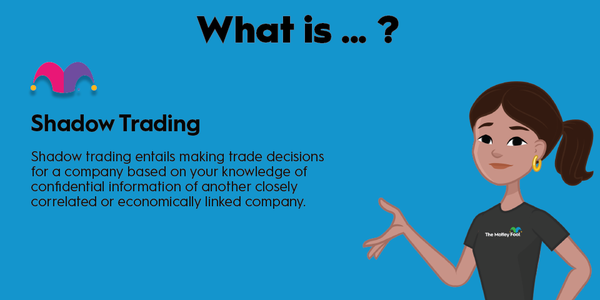In today’s fast-moving, highly interconnected economy, effective supply chain management can be the difference between success and failure for many businesses. Even a small part of a manufacturing and distribution chain breaking down will mean that goods and services are delayed or never even have the chance to make it to consumers. And having a great product or service alone often isn’t enough to win in competitive markets. Businesses have to be able to manufacture and deliver their goods and services in a cost-effective manner.
What is supply chain management?
What is supply chain management?
Supply chain management is the act of overseeing and directing the entire process of creating a product or service, getting it to the customer, and handling returns if needed. In most cases, the chain spans steps including obtaining and refining necessary raw materials, the creation of ingredients and components, product assembly, packaging, and shipping before finally getting the product to the market and into the hands of customers. If the product is defective or otherwise unsatisfactory, there may be a final stage where the product is returned to the supplier.
Why is supply chain management important?
Why is supply chain management important?
When even one part of a supply chain is disrupted, it can have powerful ripple effects down the chain that lead to inflation, or a wide range of products or services becoming significantly more expensive or entirely unavailable. Timing, availability, and cost are core concerns at the heart of supply chain management and economic activity at large.
Today, many businesses rely on a “just-in-time” approach to supply chain management. This involves having the necessary batch of goods arrive just in time for them to be used, modified, or sold to cut down on the need to store inventory. When this kind of system is running correctly, it can be a thing of beauty that greatly improves overall business operations. But the approach also requires high levels of visibility and consistency, and it can open the door for major setbacks when supply chain disruptions occur.
Whether using just-in-time strategies or not, well-managed companies take steps to make their supply chains resilient. Because ensuring that the supply chains remain undisrupted is so important, businesses may opt to obtain products or services from multiple providers. But relying on too many suppliers can also create its own set of problems, with analyzing and managing each facet of the chain becoming more difficult and complex. Businesses have to juggle all of these variables and determine supply chain strategies that are optimized to meet their needs.
Supply chains have generally become more complex due to globalization and specialization trends in the economy.
Supply chain strategies, tools, and trends
Supply chain strategies, tools, and trends
Supply chains have generally become more complex due to globalization and specialization trends in the economy. A good, well-executed strategy is essential for operational success. Efficient supply chain management typically creates better relationships with suppliers and customers, leading to increased revenue and profit margins, as well as improved operational flexibility.
Net Profit Margin
Through data gathering and analytics, businesses can get a better idea of what works and then make their supply chains more efficient. Lack of raw materials, rising energy costs, and political unrest are some common disruptors of supply chains, and monitoring developments along these lines can help businesses prepare for and avoid potential problems. Effective supply chain management may also involve considering factors such as the seasonal availability of items and differences across business regions.
Effective supply chain management also involves keeping up with customer demand. Having insight into how demand trends might fluctuate and structuring the business around these shifts can be essential for taking advantage of market opportunities and ensuring that production doesn’t come up short.
Supply chain management in action
An example of supply chain management in action
PepsiCo (PEP -0.62%) is renowned for having one of the most efficient supply chain structures in the world. The company manufactures a wide range of beverage and snack products and has a top-tier global distribution network. To get one of its namesake sodas into the hands of customers, PepsiCo first sources and refines raw materials for its products and packaging materials, manufactures and combines the items and their packaging, delivers finished products to stores to be purchased by customers, and handles returns in some instances. The company also takes a different approach to packaged food-and-beverage supply chain management, opting to deliver its own products directly to stores rather than just relying on distributors or only selling to large retailers and wholesalers. The approach allows the company to cut down on the amount of time items spend in the supply chain process and makes it possible to respond to the needs of its customers more rapidly.
PepsiCo started pivoting to its direct-to-store delivery mode at the beginning of the last decade, and the transformation reduced inventory and cut down on warehouse space constraints. It also gave the company the flexibility to launch new products and pursue worthwhile acquisitions, bringing new beverages and snacks into the fold without radically increasing its warehousing costs. Through smart supply chain management, PepsiCo was able to both open up new avenues to sales growth and increase its profitability.





































































































